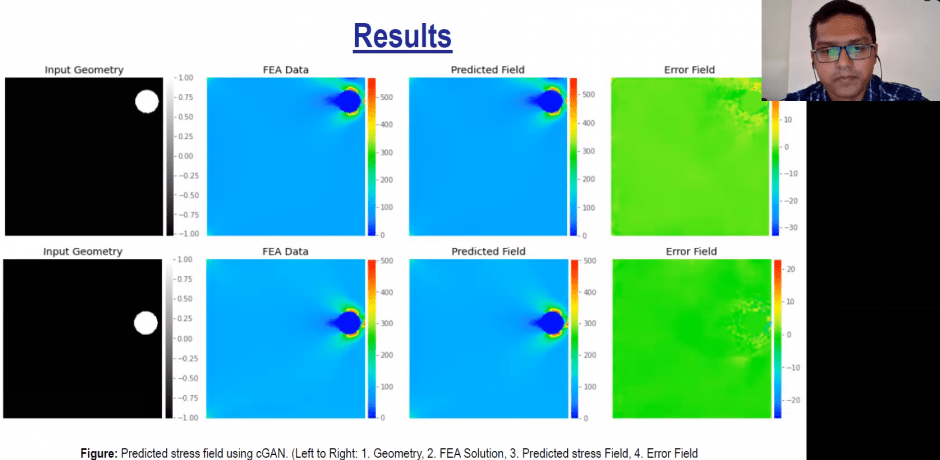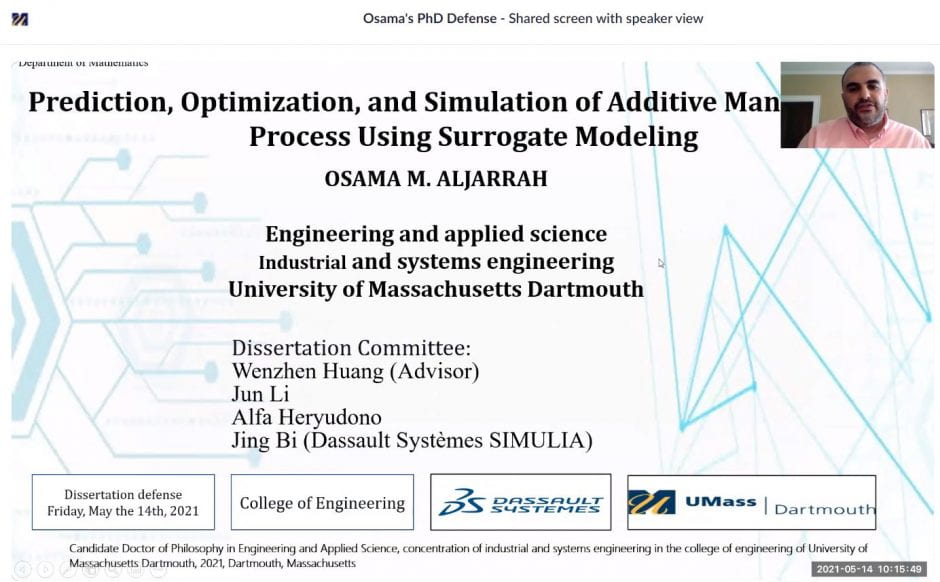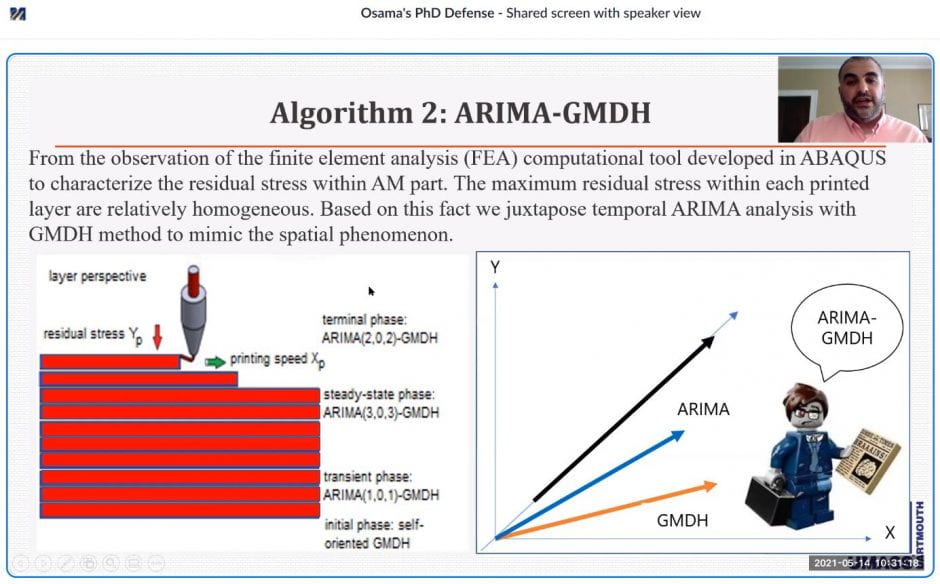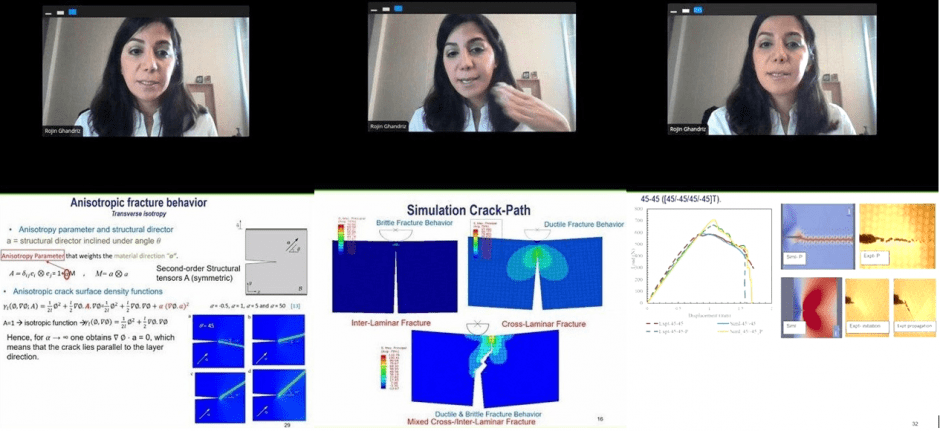Congratulations Osama! His 2nd paper “A Self-Organizing Evolutionary Method to Model and Optimize Correlated Multiresponse Metrics for Additive Manufacturing Processes” was accepted for publication in ASTM Journal of Smart and Sustainable Manufacturing Systems. Here is the abstract:
A Self-Organizing Evolutionary Method to Model and Optimize Correlated Multiresponse Metrics for Additive Manufacturing Processes
Osama Aljarrah1, Jun Li1*, Wenzhen Huang1, Alfa Heryudono2, and Jing Bi3
1. Department of Mechanical Engineering, University of Massachusetts Dartmouth, Dartmouth, MA 02747
2. Department of Mathematics, University of Massachusetts Dartmouth, Dartmouth, MA 02747
3. Dassault Systemes SIMULIA Corp, Johnston, RI 02919
The use of robust multi-response constrained optimization techniques, where multiple objective responses are involved, is becoming a crucial part in additive manufacturing (AM) processes. Common and popular techniques, in most cases, rely on the assumption of independent responses. In practice, however, many of the desired quality characteristics can be correlated. In this work, we propose a technique based on three ingredients: hybrid self-organizing (HSO) method, desirability function (DF), and evolutionary algorithms (EA) to analyze, model and optimize the multiple correlated responses for the fused deposition modeling (FDM) process, one of the most popular AM technologies. The multi-objective functions are formulated by employing the HSO method and DF, where structural integrity, and process efficiency metrics are considered for the data-driven correlated multi-response models. Subsequently, layer thickness, nozzle temperature, printing speed, and raster angles are taken as process parameters (decision variables). The operational settings and capabilities for the FDM machine are defined as boundary constraints. Different EA algorithms, the non-dominated sorting genetic algorithm (NSGA-II) and the multi-objective particle swarm optimization (MOPSO) method, are then deployed to model the AM criteria accordingly to extract the Pareto-front curve for the correlated multi-response functions. FDM experimental design and data collection for the proposed method are provided and used to validate our approach. This study sheds light on formulating robust and efficient data-driven modeling and optimizations for additive manufacturing processes.








